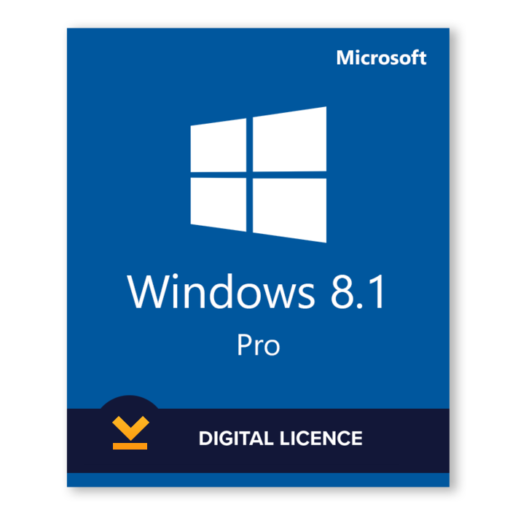-65%
Autodesk® Revit® software is built for Building Information Modeling (BIM), helping professionals design, build, and maintain higher-quality, more energy-efficient buildings. Using the information-rich models created with Autodesk Revit software, architects, engineers, and construction firms can collaborate to make more-informed decisions earlier in the design process to deliver projects more efficiently. Any design changes made in Revit models are automatically updated throughout the model, keeping designs and documentation coordinated and more reliable. Autodesk Revit includes features for architectural design, mechanical, electrical, and plumbing, structural engineering, and construction, providing a comprehensive solution for the entire building project team.
Autodesk Revit 2022 Features:
Architectural design
- Conceptual design tools. Sketch and create freeform models and create massing studies.
- Analysis with Insight. Optimize building performance with centralized access to performance data and advanced analysis engines.
- Architectural modeling. Add architectural elements to the building model, including walls, doors, windows, and components.
- Point cloud tools. Connect laser scans directly to the BIM process to author an as-built model.
- 3D design visualization. Explore, validate, and communicate designs. Render more quickly and accurately with Autodesk Raytracer rendering engine.
- Multistory stairs. Quickly create and modify multistory buildings by connecting stairs to the levels in your project.
Structural engineering and fabrication
- Physical and analytical model. Create a physical model for coordination and documentation and an associated analytical model for structural analysis.
- Reinforcement detailing. Create 3D reinforcement designs for cast-in-place and precast concrete structures.
- Structural steel modeling. Model connections with a higher level of detail using a variety of parametric steel connections in Revit or by creating your own custom steel connections.
- Bidirectional linking with analysis. Integrate analysis results into the BIM process and work in an iterative design workflow.
- Linking with structural fabrication. Interoperability between Revit and Advance Steel helps provide a seamless BIM workflow from steel design to fabrication.
- Dynamo for structural engineering. It gives structural engineers tools to develop optimized structural systems using computational logic.
MEP engineering and fabrication
- HVAC design and documentation. Design complex duct and pipe systems to express intent, and model duct and pipe systems with mechanical design content.
- Electrical design and documentation. Design, model, and document electrical systems. Keep track of electrical loads throughout the distribution system.
- Plumbing design and documentation. Create sanitary plumbing systems with sloped piping and layout piping systems to design and document intent.
- MEP fabrication detailing. Create fabrication-ready models in Revit. You can model and coordinate MEP LOD 400 components.
Construction
- Construction modeling. Derive construction insight from design models. Split and manipulate wall layers and concrete pours, and prepare shop drawings for fabrication.
- Construction coordination. Upload Revit models into BIM 360 Glue and sync with BIM 360 Layout. View and share point sets in the BIM 360 Glue web interface or the BIM 360 Layout iPad app.
- Navisworks interoperability. Open a Navisworks coordination model directly in Revit to coordinate your design with the work of teams who use different software.
- Import/Export 2D sheets. Bring AutoCAD files in or out of Revit, and prepare sheet sets for export to fabricators, subcontractors, or other project stakeholders in the format they need.
- Fabrication for MEP engineering. Convert design level-of-detail model elements to fabrication level-of-detail elements for detailed coordination, fabrication, and installation.























Reviews
Clear filtersThere are no reviews yet.